How to Use LinkedIn for Fresher Job Search: Tips and Best Practices
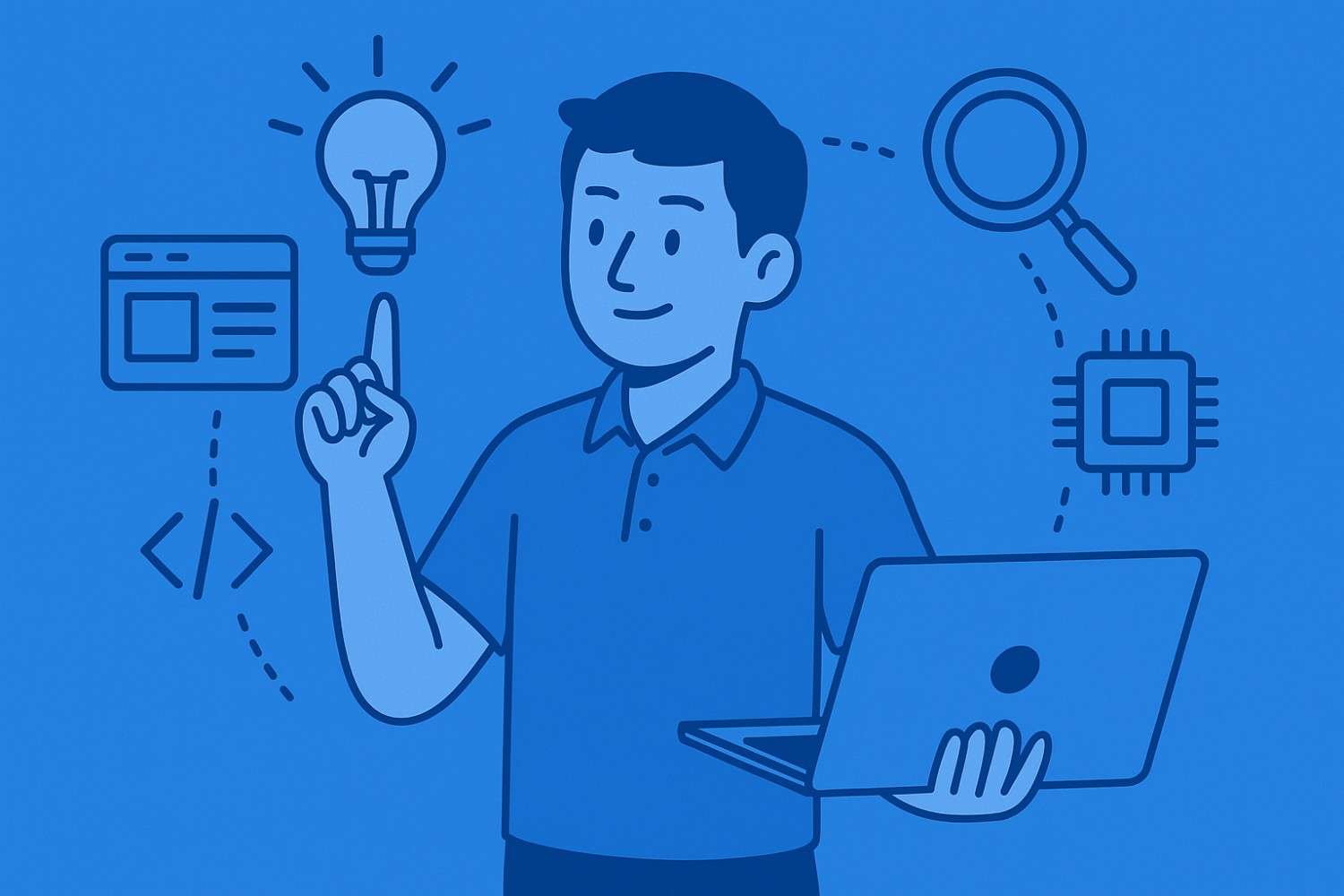
Discover the top fresher jobs in tech for 2025. Explore emerging roles, in-demand skills, and how to land...
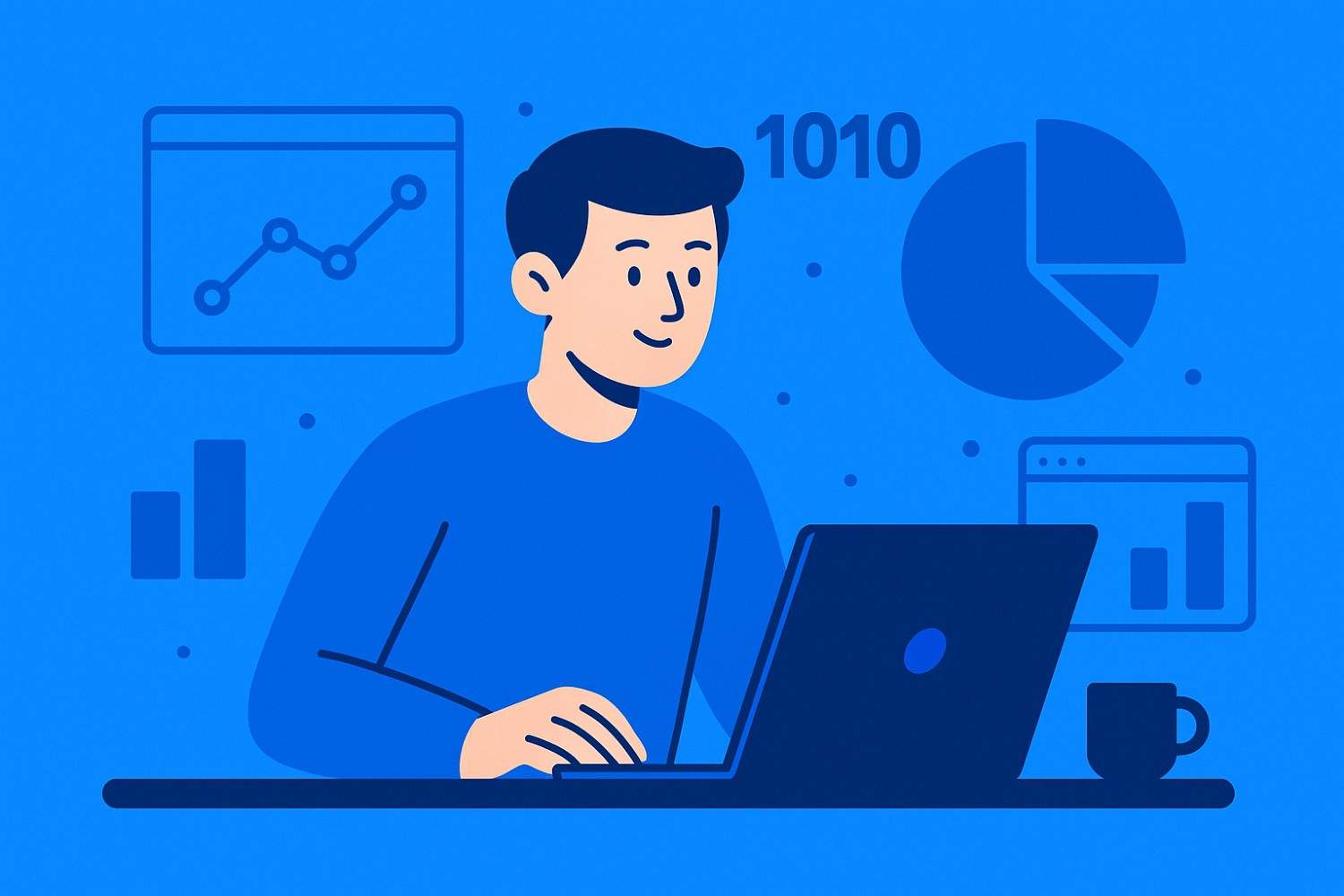
Learn about the top fresher jobs, skills required, and practical steps to land your first role.

Breaking into the fresher job market? Here's your complete guide to current hiring trends, sectors with high demand,...

Learn how to negotiate your first salary as a fresh graduate. Get tips on timing, confidence, research, and...

Learn how to succeed in job interviews as a fresh graduate. Includes common questions, preparation tips, and...

Learn how freshers can use LinkedIn to find their first job. Optimize your profile, build connections, and apply confidently.

Explore entry-level renewable energy jobs and green careers for freshers in India. Learn how to start a career in...
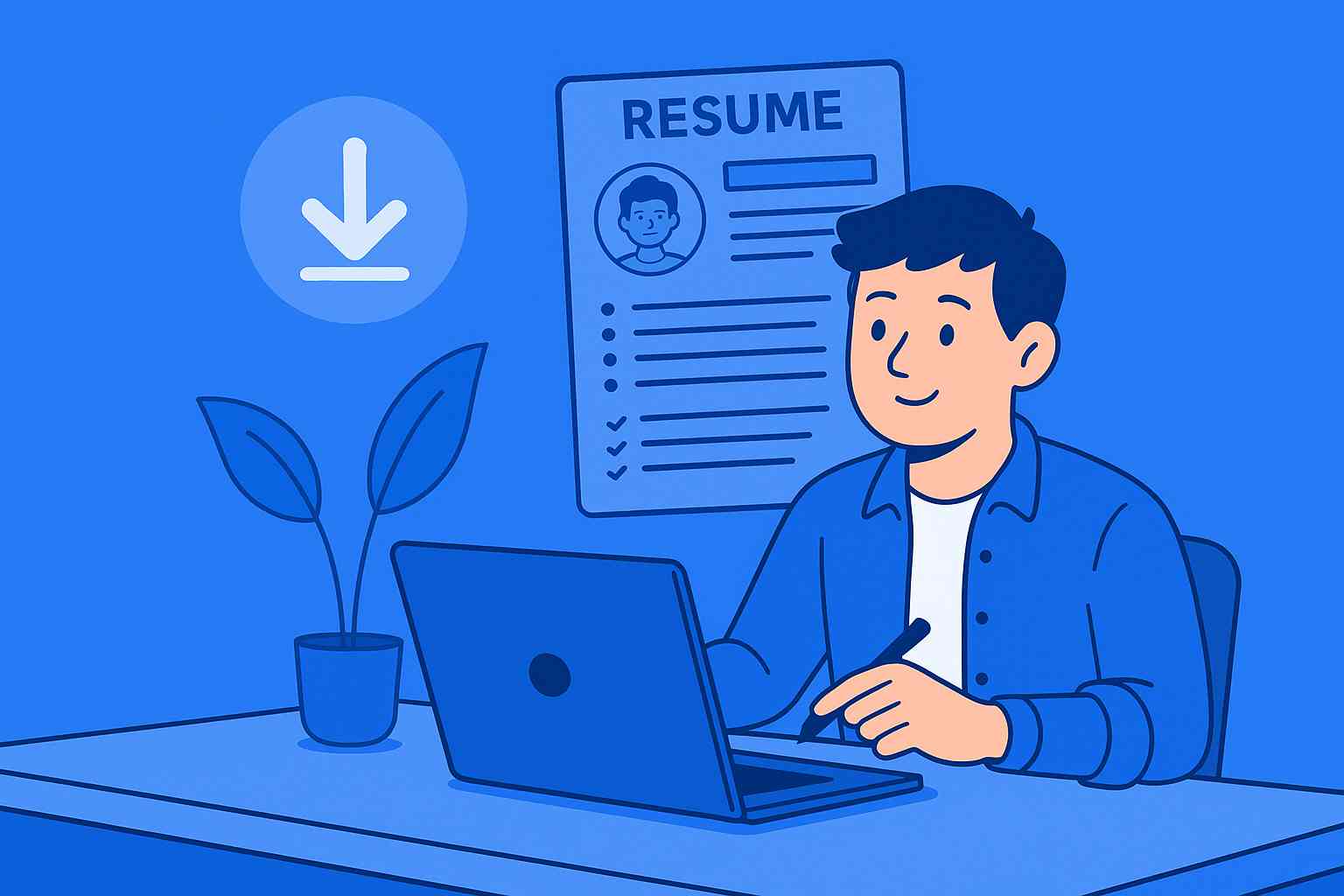
Download easy-to-edit resume templates for freshers. Learn how to customize your resume to apply for jobs, even with...

Explore the top healthcare jobs for freshers in medical technology, clinical support, and diagnostics. Learn how to...

Explore entry-level finance jobs for freshers, from analyst roles to banking. Learn the skills required, where to...

Learn how freshers can start a career in e-commerce. Explore entry-level roles, required skills, and growth paths in...
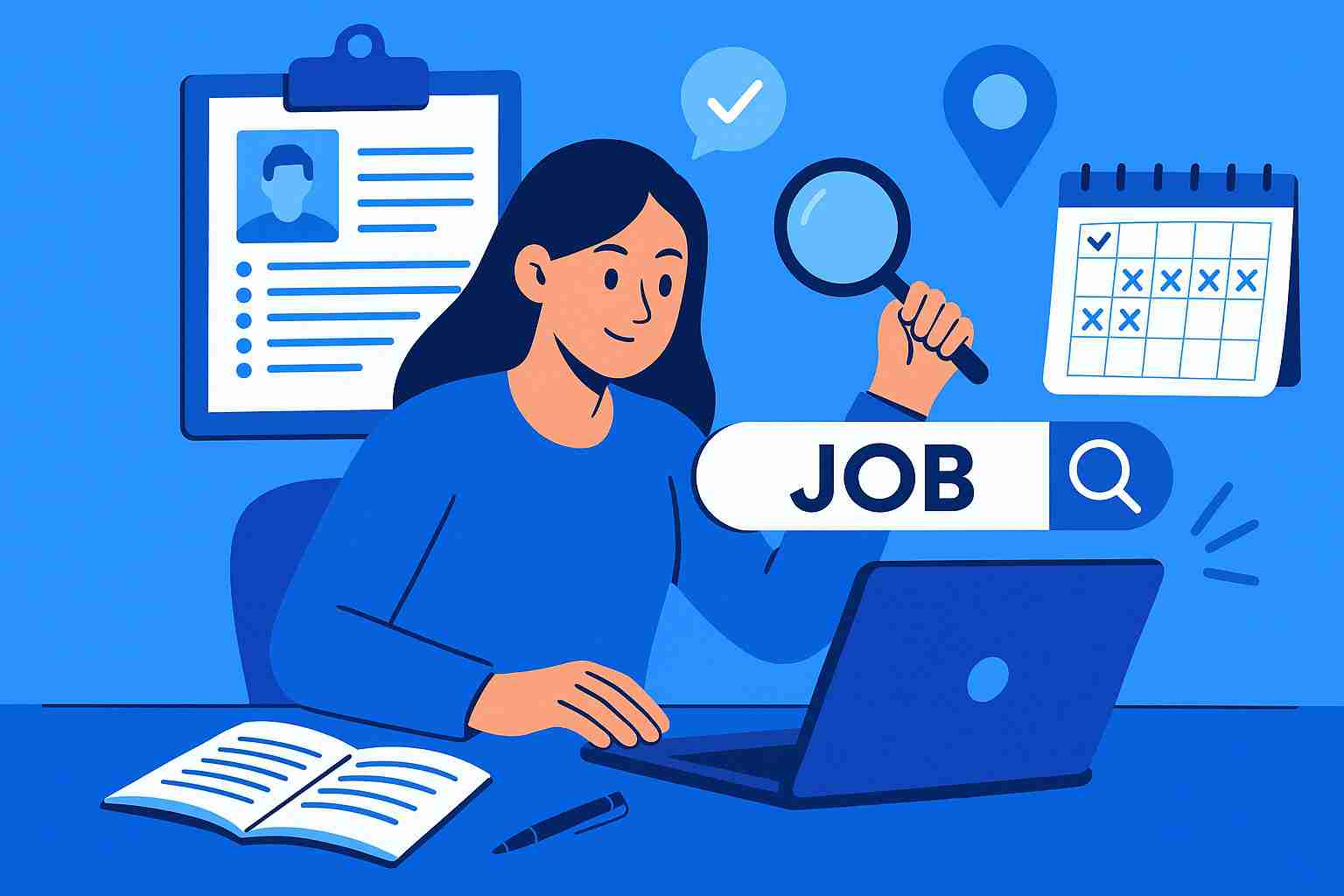
Discover practical job search strategies for freshers. Learn how to write better resumes, use job platforms, and...
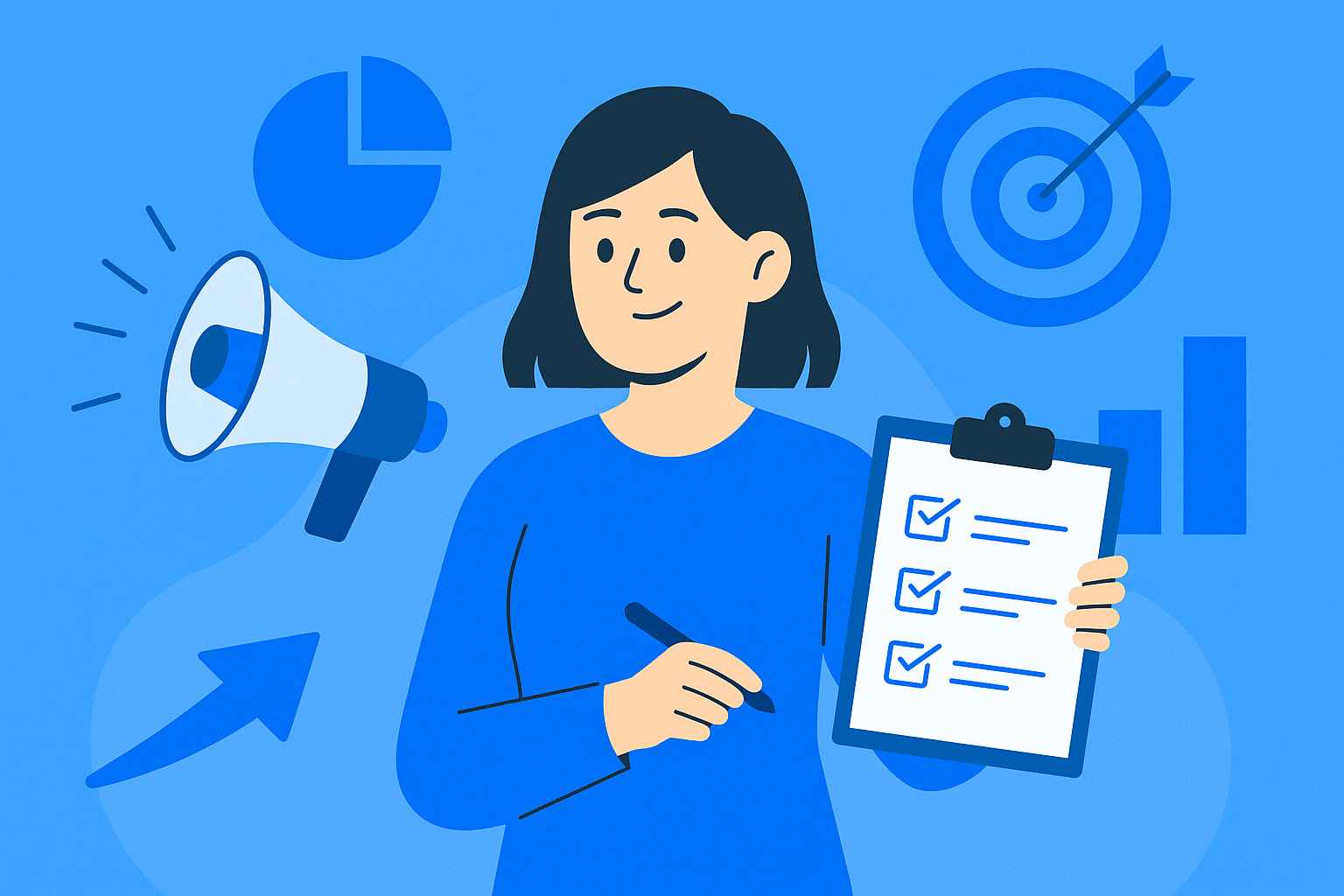
Discover the best marketing jobs for freshers, how to get started with no experience, and what roles offer real...
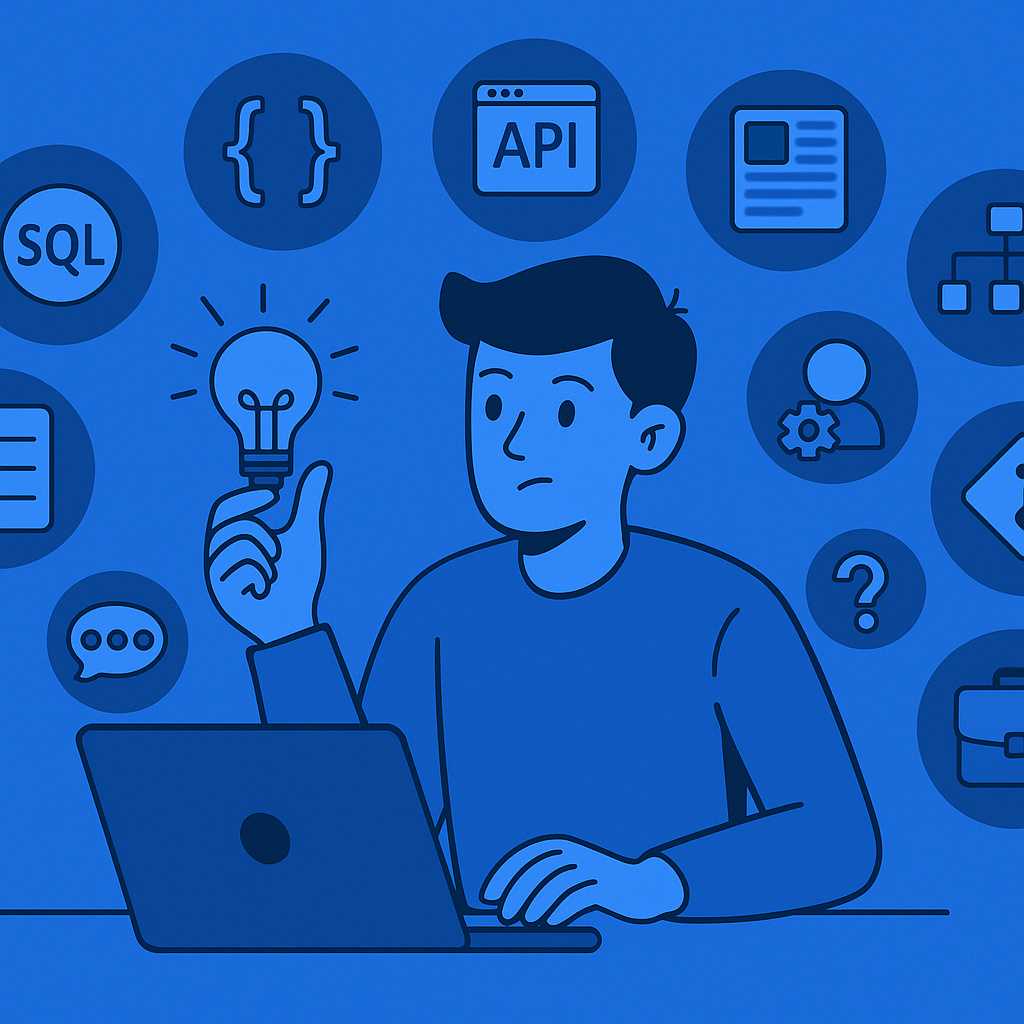
Discover the top technical and soft skills every tech fresher should have to land their first job in the IT industry.

The Indian rupee dipped to 85.70/USD as investors await U.S. jobs data and a looming trade deal deadline, yet...

Ask these key self-reflection questions to define your goals, boost confidence, and land your dream job across any...

Learn how freshers can build a strong professional network from zero. Discover networking events, online platforms,...

Discover the top 10 in-demand fresher jobs for 2025. Find high-paying entry-level career opportunities with growth...

Step-by-step fresher resume writing guide with proven formats and examples. Build a professional CV that stands out...

Complete job hunt guide for freshers. Learn resume writing, interview tips, networking strategies, and job search...

Top fresher interview questions with sample answers and preparation tips. Master your first job interview with...
Resources
-

Set up personalized job alerts to receive notifications about new job openings that match your...
-

Find part-time job opportunities perfect for students, parents, and professionals seeking...
-

Work from home jobs across industries with flexible hours, competitive pay, and real career...
-

Create professional resumes with easy-to-use resume builders. Choose from templates, get...
-

Kickstart your career with internships tailored for students and graduates — explore paid,...
-

Remote jobs have revolutionized how we work, giving professionals the freedom to contribute from...
-

Find the best fresher jobs and entry-level opportunities across IT, Finance, Marketing, and...

Job hunting as a fresher can often feel like sending your resume into a black hole. You apply for roles without much experience, competing against others who seem to have better networks and more polished profiles. It is easy to feel invisible in a crowded digital space.
This is where a strategic approach to LinkedIn can make a significant difference.
LinkedIn is not just a digital resume or a platform for seasoned professionals. It is one of the most powerful tools for freshers to build a professional presence, connect directly with recruiters, and discover internships or entry-level jobs, all in one place.
In this comprehensive guide, we will break down exactly how you can use LinkedIn effectively, moving beyond simply having a profile to actively building your career from day one.
Why LinkedIn Matters for Freshers
When you are just starting out, visibility is half the battle. If recruiters do not know you exist, they cannot hire you. LinkedIn puts you on the map and allows you to be discovered.
Recruiters Are Actively Searching for You Hiring managers and HR professionals use a powerful tool called "LinkedIn Recruiter" to find potential candidates. They use specific filters like your graduation year, skills, college, and location. A well-optimized profile ensures that you show up in these critical search results.
It Acts as Your Professional Online Resume A complete LinkedIn profile is often the first thing a recruiter checks after seeing your application. It provides a more dynamic view of who you are compared to a static resume. It allows you to showcase your personality, share your projects, and receive endorsements from others.
Your Connections Can Open Doors Your professional network is one of your most powerful assets. A connection you make today, whether it's a college senior, a professor, or an alumnus, might share a job opening tomorrow or refer you for a role at their company. A warm referral often gets more attention than a cold application.
If you are only relying on traditional job boards or campus placement drives, you are missing out on a huge part of the modern job market where networking and personal branding are key.
Step 1: Build a Strong and Professional LinkedIn Profile
Your profile is your digital first impression, and it needs to be compelling. It should clearly and quickly tell a story about who you are, what you have learned, and what you aspire to do professionally.
Your Profile Photo
This is the first visual element people see. It should be a clear, friendly, and professional headshot that builds trust. - Use a high-quality photo with a plain, uncluttered background. - Wear simple, professional attire, what you would typically wear to a job interview. - Smile! It makes you seem more approachable and confident. Avoid using selfies, group photos, or pictures with distracting backgrounds.
Your Headline
This is the most important piece of text on your profile, as it appears next to your name in search results. Instead of the default “Student at XYZ University,” make it descriptive and forward-looking.
Use a formula that highlights your goals and skills:
Aspiring [Your Target Role] | [Your Degree or Key Skill] | Interested in [Your Interest Area]
Good Example:
Aspiring Marketing Analyst | Final Year BBA Student | Interested in Market Research & Data Analytics
Your About (Summary) Section
This is your chance to introduce yourself in your own words. It should be a concise and engaging narrative. Keep it to 3-4 short paragraphs and focus on: - Your background, including your degree and university. - Your primary areas of interest and what drives you. - Any key skills, projects, or certifications you have completed. - What you are looking for now, such as an internship or an entry-level role in a specific field.
Good Example:
"I am a recent B.Tech graduate in Computer Science from ABC University, with a strong interest in front-end development. My academic journey has provided me with a solid foundation in HTML, CSS, JavaScript, and the React framework.
I am passionate about creating clean, user-friendly, and responsive web experiences. I have applied these skills to build several small projects, including a personal portfolio website and a to-do list application, which are available on my GitHub.
I am now actively seeking a junior developer role where I can contribute my skills, learn from experienced teams, and grow as a software engineering professional."
Your Experience Section
Even if you have not had a full-time job, this section should not be empty. It is where you can showcase any practical experience you have gained. Add any of the following: - Internships (both paid and unpaid) - Volunteer work - Leadership roles in college clubs or at festivals - Part-time jobs or freelance gigs
For each entry, use bullet points to describe what you did and, more importantly, what you accomplished or learned.
Your Skills Section
This section is crucial for getting found in recruiter searches. Add at least 5-10 relevant hard and soft skills. - Hard Skills: Be specific, for example, JavaScript, Python, Figma, Canva, MS Excel, Tally. - Soft Skills: Include transferable skills like Communication, Teamwork, Problem-Solving, and Time Management.
While endorsements are not critical when you are just starting, a well-populated skills section helps you appear in more searches and validates your abilities.
Step 2: Grow Your Network Strategically
Your goal on LinkedIn is not just to collect random connections. It is about building a helpful professional circle that can support your career journey now and in the future.
Who You Should Connect With - Seniors and classmates from your college. - Your professors and other faculty members. - People who work in companies you admire. - Recruiters and HR professionals who specialize in your target industry. - Alumni from your university who are working in your field of interest.
Always add a short, personalized note when sending a connection request. A generic request is easy to ignore, but a personalized one shows that you have done your research and are thoughtful. It dramatically increases the chances of your request being accepted.
Example Connection Note:
"Hi Priya, I'm a final-year student from ABC University and I see that you’re working in marketing at XYZ Corp. I am exploring a career in this field and would be grateful for the opportunity to connect and learn from your experience."
Step 3: Use LinkedIn's Job Search Features Effectively
LinkedIn offers several tools designed specifically to help you in your job search. Make sure you are using them to their full potential.
Turn on "Open to Work" This feature is a clear signal to recruiters that you are actively looking for opportunities. - Go to your profile page and click on the "Open to Work" button under your profile picture. - Fill in the job titles, locations, and workplace types (remote, hybrid, on-site) that you are interested in. - You have the option to make this visible to everyone on LinkedIn or only to recruiters, which is a more discreet option.
Set Up Smart Job Alerts Do not waste time manually searching for jobs every day. You can save roles you are interested in and create job alerts to get notifications when similar jobs are posted. Be very specific with your filters to get relevant results: - Location: You can choose specific cities or simply "Remote." - Industry: Narrow it down to fields like "Information Technology" or "Marketing and Advertising." - Experience level: Always select "Internship" or "Entry level."
Step 4: Be Active, Not Just Present on the Platform
The LinkedIn algorithm rewards activity. The more you engage on the platform, the more visible your profile will become to others in your network and beyond.
Share Your Work and Learnings You do not have to be an expert to post on LinkedIn. As a fresher, you can share what you are currently doing and learning. - Post about a project you recently completed in college. - Share key takeaways from an internship or a webinar you attended. - Write a short post about a new skill you are learning or a certification you just earned.
Always include 2-3 relevant hashtags to increase the reach of your posts, such as #FresherJobs, #EntryLevel, or #Marketing.
Comment and Engage with Others Like, comment on, and share useful content from people and companies in your network. A thoughtful comment on a post can often get you noticed by a wider audience, including potential employers.
How LinkedIn Complements Other Job Portals
LinkedIn is a powerful tool, but it should be part of a broader job search strategy. You can combine it with other platforms for maximum efficiency.
- Use job boards like JobPe internships to find curated lists of fresher-friendly roles.
- Use the JobPe Auto Apply tool to apply to a larger volume of jobs efficiently.
- Use the JobPe Interview Questions guide to prepare for your interviews.
- Build your primary application document with the JobPe Resume Builder.
Your JobPe dashboard can help you manage the application process, while LinkedIn helps you build the visibility and professional credibility needed to stand out.
Keep It Going: LinkedIn as a Lifelong Career Tool
LinkedIn is not just for when you are actively hunting for a job. Once you land your first role, it is important to continue using the platform to build your professional brand. - Congratulate your teammates and colleagues on their achievements. - Share articles or posts about what you are learning in your new role. - Stay connected with the recruiters and mentors who helped you along the way.
This consistent activity keeps you top of mind for future opportunities and helps you build a strong and supportive professional reputation over time.
Your profile is your professional pitch to the world. Make it count, and let the opportunities come to you.
